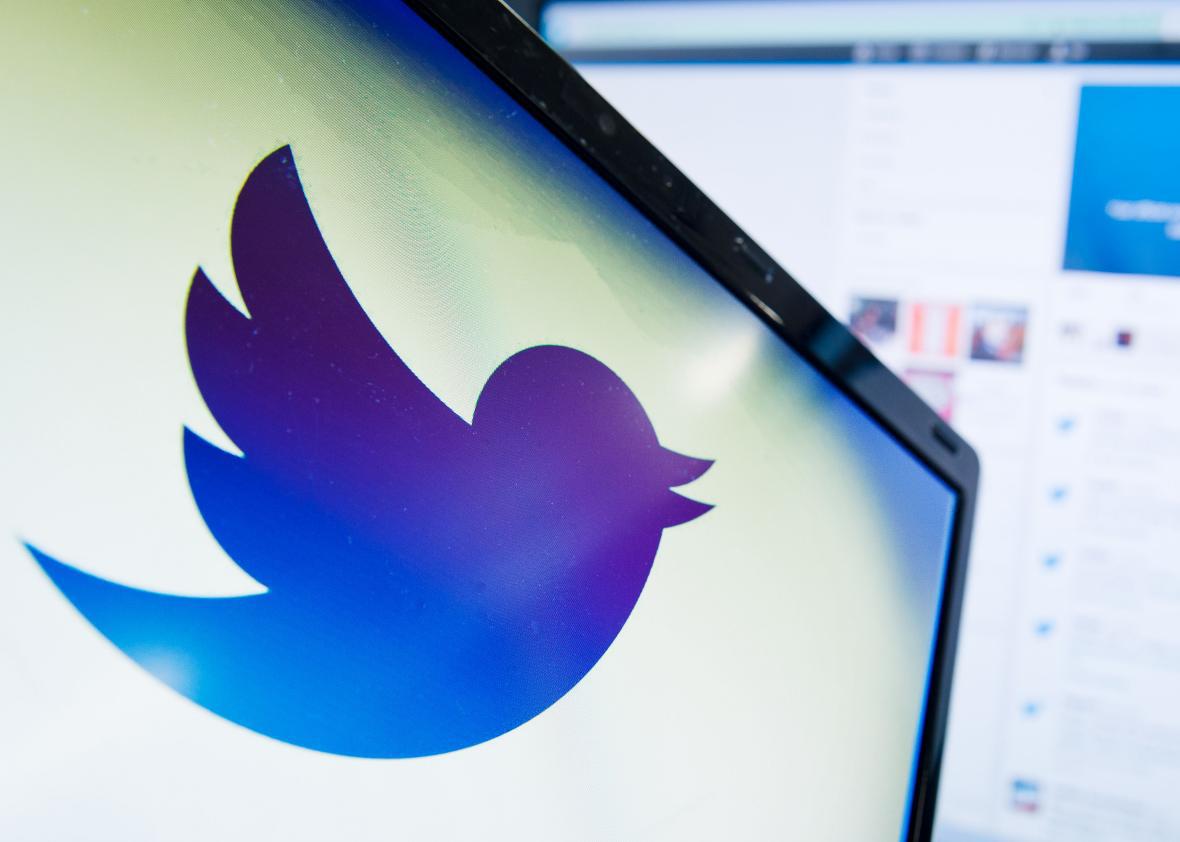On Tuesday, Twitter announced a new feature in its ongoing fight against harassment and hate speech: an expansion of user’s ability to “mute.” Mute is not an entirely new tool—you’ve long been able to mute accounts you don’t want to see—but this expansion allows users to mute key words, phrases, or conversations. It’s a more fine-grained implement and one that many people have urged Twitter to adopt to stem harassment over the course of the year.
In a conversation just last month, Renee Bracey Sherman, an abortion activist and frequent victim of abuse on Twitter, and Anita Sarkeesian, founder of Feminist Frequency, a nonprofit organization that looks at pop culture from a feminist perspective, both listed expanding the mute feature as an easy step Twitter could take to stem the tide of harassment—and they noted that other platforms already were using that approach.
“On Facebook, I have in my settings a list of words that are banned from my feed,” Bracey Sherman told me. “So I can block ‘baby killer,’ or ‘you’re a murderer,’ and the post automatically won’t show up.” In the vacuum of Twitter’s action, Bracey Sherman was using outside apps like Block Together to manage her notifications and comments on Twitter.
Sarkeesian and others have also emphasized that better training moderators could help Twitter tackle prioritize abuse and harassment on the platform—something that is also specifically mentioned in Twitter’s press announcement: “We’ve retrained all of our support teams on our policies, including special sessions on cultural and historical contextualization of hateful conduct, and implemented an ongoing refresher program,” the company stated in its blog post.
That Twitter users who frequently faced abuse had resorted to using third-party applications or other social media sites to was not a good sign for the platform, which has historically come under fire for being at first totally resistant to policing hate speech, and then too slow and ineffective in putting systems in place to deal with it.
While these new features are a lot better at dealing with harassment, they’re not perfect yet. Many of the signature elements of Twitter—anonymity and rapid-fire comment threads—are the very things that make it so prone to abuse and harassment. They also contribute to the rise of mobs of trolls who abuse users on masse. Sarkeesian, who consults with Twitter as part of the company’s new Trust and Safety Council, described how one harasser might tweet at her in a way that was completely within the bounds of the terms of service, but trigger an entire army of harassers who flood her feed. This could be resolved, she suggested, by not allowing a blocked person to link to their blocker in a tweet—a simple fix that still appears to be unaddressed in the most recent Twitter announcement.
Still, this is progress—and just in the nick of time. The election of Donald Trump as United States’ president has led to a rise in hate speech and hate crime both online and off. And while Trump has stated he has no control over the actions of his followers, Twitter’s new policies seem to finally give better control to users and their own content moderators.
